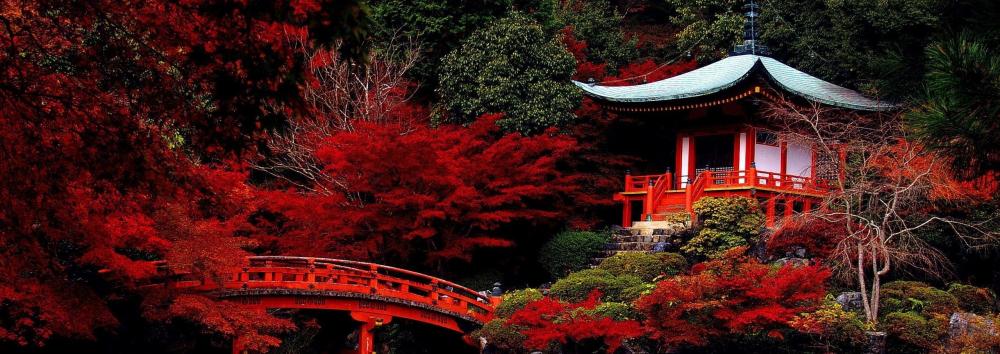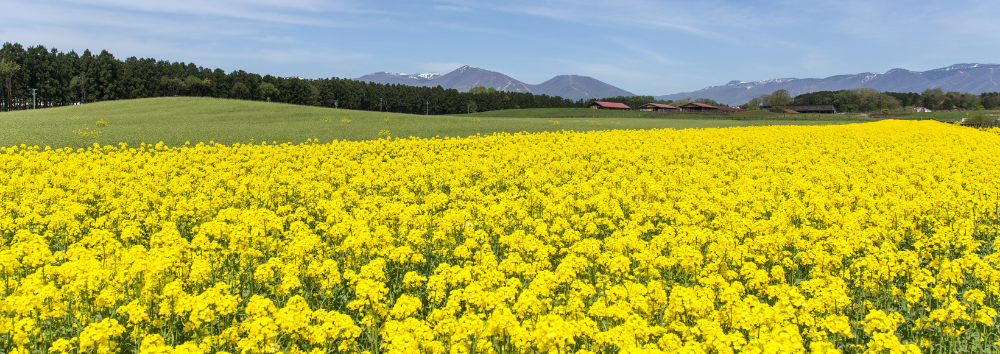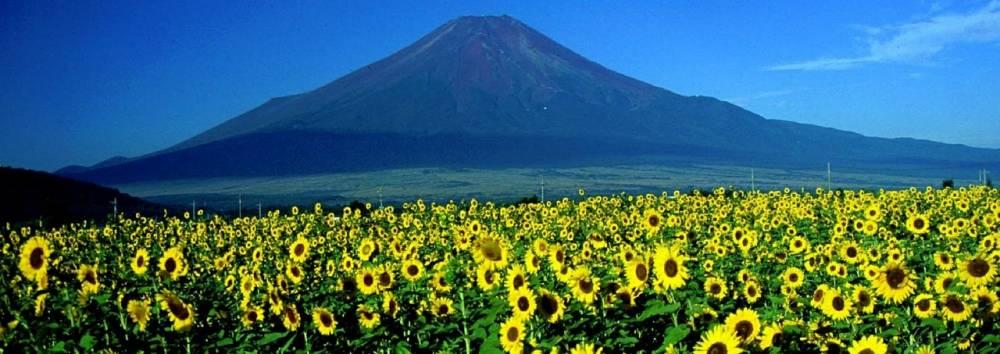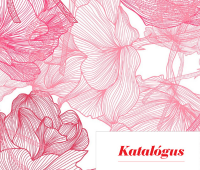OKEIKO 38
English subtitles are available on YouTube in the 'Settings' of the video!
OKEIKO 38
A few years ago, an American ballet choreographer who had seen Rankoh Fujima’s dance said after the performance, "I have also had the pleasure of incorporating horseback riding into a piece in the past."
Although this person had never seen Nihonbuyo before, he understood that Rankoh had depicted riding with Nihonbuyo on the stage. "Riding" is common throughout the world. It is just that the riding in Nihonbuyo is usually done in traditional Japanese clothing. They wear hakama or tattsuke (*traditional type of pants), not western-style riding breeches. In battle scenes, the one sitting on the horse is a warlord in helmet and armor; even if the dancer is not wearing a costume and has no props. Any Japanese can conjure up such a helmeted and armored figure in their minds, but the image is probably unfamiliar to many people abroad. However, 'riding' as an action is still conveyed. I wonder, what was Rankoh wearing in the American ballet choreographer's mind as he rode? Imagination is necessary for a profound enjoyment of Nihonbuyo. Even if the imagined world is different from the image a Nihonbuyo dancer is trying to portray, that is alright. If the figure that is supposed to be wearing a helmet and armor is wearing, for example, a western hat and jeans in an American's imagination, I think that is interesting too.
(Mitsuko T. Sakurai)
 Japán Alapítvány Budapesti Iroda
Japán Alapítvány Budapesti Iroda









